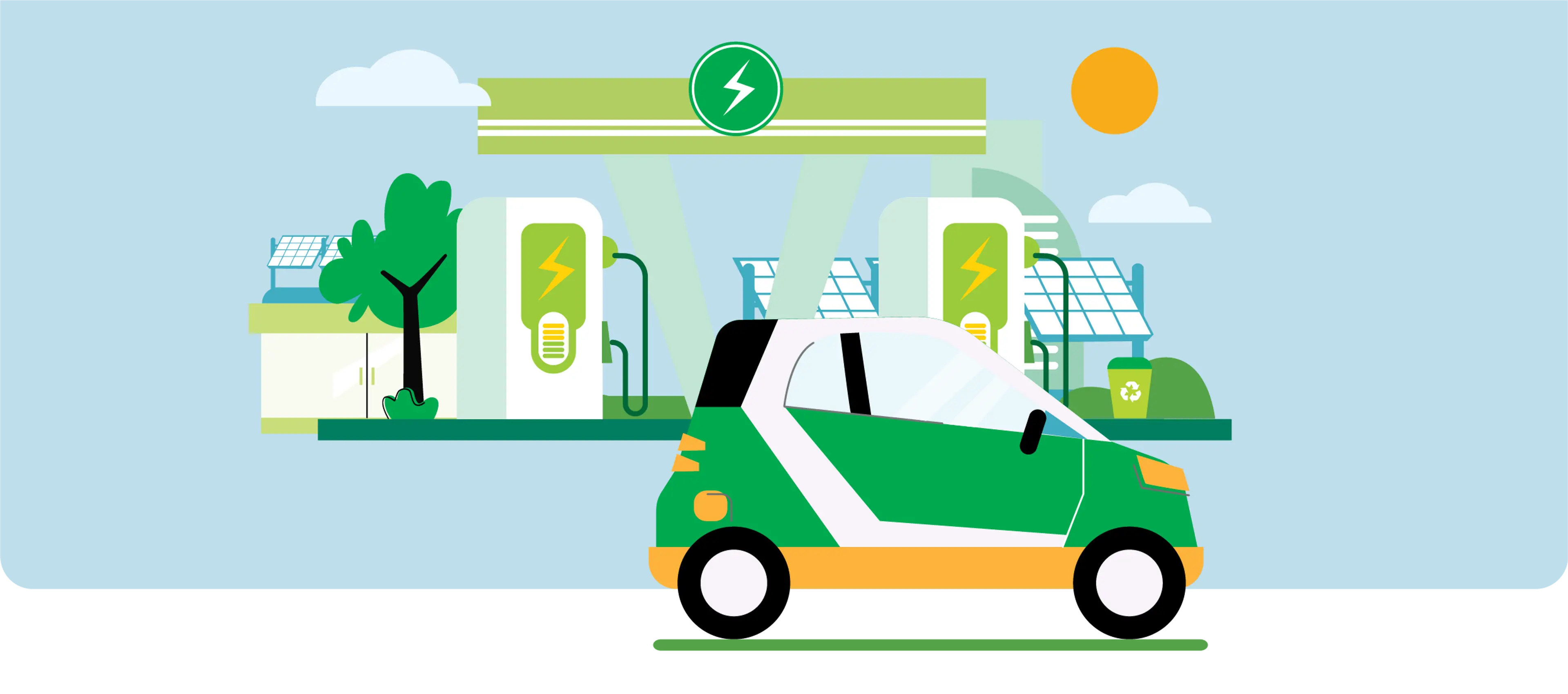3 Big EV Charging Infrastructure Announcements Come at a Time of High Fuel Prices

In just the past month, we’ve seen several new announcements about charging infrastructure.
Among the most notable? Starbucks, which announced plans to install charging stations at various Starbucks locations along a 1,350 mile stretch between Seattle and Denver. This amounts to roughly one location every 100 miles. The company is partnering with Volvo and Chargepoint on the pilot program.
Porsche aims to become the ultimate charging experience, with its announcement of a plan to install proprietary charging infrastructure beginning next year in Germany, Switzerland, and Austria. According to TechCrunch, “The charging stations will also have amenities akin to a lounge, where customers might sip coffee or work while their batteries recharge.”
It’s not just retailers and OEMs getting into the charging game. We’re also seeing new business models pop up, like this one from SparkCharge. The company recently announced a partnership with Kia that provides mobile charging for Kia EV owners in Los Angeles, San Francisco, and San Jose. Drivers can schedule a charge via the mobile app and SparkCharge takes care of the rest.
This innovation is going to be key if consumer interest and demand for EVs continue at their projected pace. Gartner estimates that “electric cars will represent 95% of total EV shipments in 2022 and the remainder will be split between buses, vans, and heavy trucks.” It also predicts that the number of global public EV chargers will rise from 2.1 million units in 2022, up from 1.6 million units in 2021.
Despite that, concerns remain about access to charging – even at home. According to a new Morning Consult Poll, 78% of U.S. adults said there is no EV charging access at home where their vehicles are parked.
It will be interesting to see the near and even long-term impact on EV demand as we continue through this uncertain era of high fuel prices. When we’ve seen fuel prices surge in the past, Americans have “mode switched” – choosing public transit, carpooling or, ridesharing. Already, Washington’s Metro and San Francisco’s BART, have seen slight increases in ridership since the beginning of March, according to NPR.
During past oil crises, there wasn’t the widespread availability of EVs that there is today. Indeed, the Morning Consult survey also found that 49 percent of US adults (and 60 percent of millennials) are “somewhat” or “very” interested in buying an EV for their next purchase.
We may be in the midst of an inflection point for EVs driven by increasing supply, new forms of demand generation (other than marketing), and infrastructure development. We are at the dawn of an electric future where some of the nation’s biggest corporations are helping us answer the number one question: “where will I get a charge?"